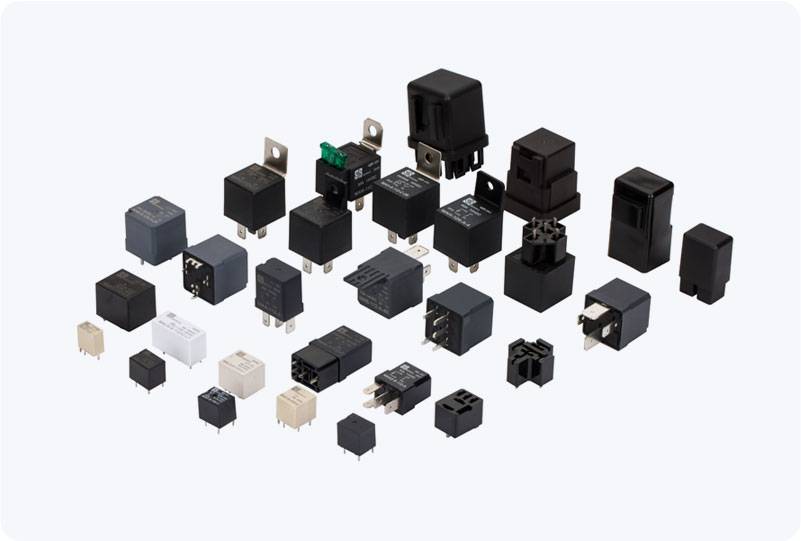PLC Control Relay systems are fundamental components in modern industrial automation, playing a pivotal role in controlling complex machinery and processes. They bridge the gap between low-level control systems and high-power operations. By utilizing a combination of programmable logic controllers (PLCs) and relays, industries can achieve precise, reliable, and efficient control over their automated processes. This article delves into the functionality, applications, and advantages of PLC control relay systems, highlighting their significance in industrial automation.

What is a PLC Control Relay? A Programmable Logic Controller (PLC) is an industrial digital computer designed to control machines or processes, which are typically automatic. The PLC receives inputs from various sensors and devices, processes them based on pre-programmed logic, and sends outputs to control equipment such as motors, actuators, and lights. A PLC control relay, on the other hand, acts as an intermediary device that uses the PLC’s control signals to operate high-power electrical devices. A relay is essentially an electrically operated switch that allows a low-power PLC signal to control larger, more power-demanding devices such as motors, solenoids, and lights. When the PLC sends a control signal to the relay, it closes or opens the contacts of the relay, thus enabling or disabling the connected device.